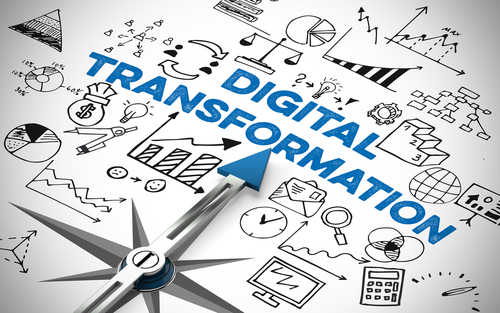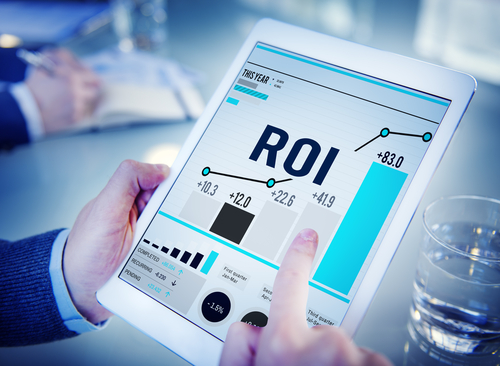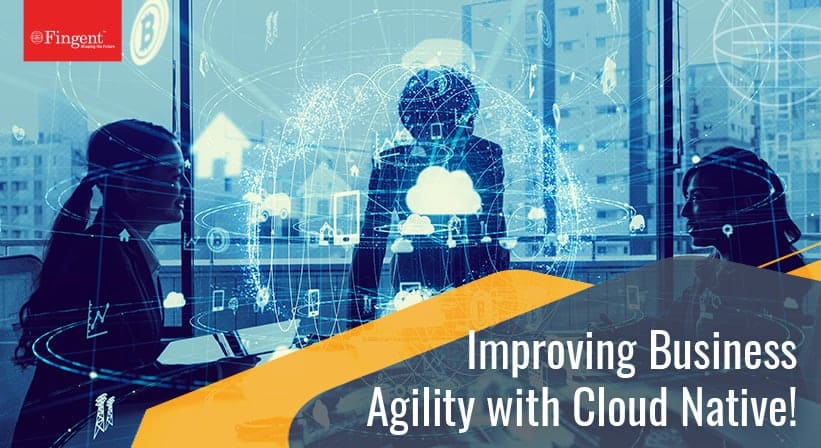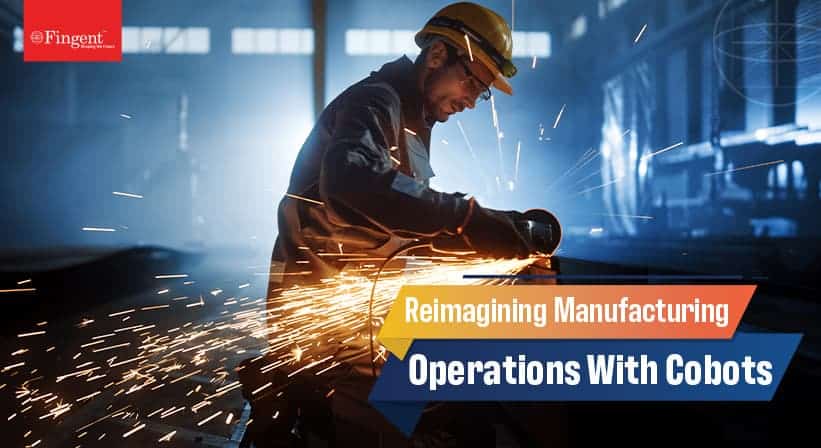The IoT Powered New Industrial Age: What’s in it for you?
An overview of the efficiency and ROI Opportunities that the Industrial Internet of Things Unlocks
Computing technology has been evolving steadily over the years, from mainframe to minicomputers, to PC-based software, and then to internet websites and now mobility apps. Each major push has a disruptive impact on the ecosystem. The Internet of Things, manifesting in the convergence of the physical with the digital, is the next big thing and all set to shake up the world like never before. It is all set to usher in a new Industrial age. Between now and 2020, when IoT is expected to become well-entrenched, conservative estimates pegs the spend on IoT solutions at $6 trillion, and more than 34 billion connected devices.
The recent CBInsights Conference sheds light on the range of possibilities that IoT offers. The possibilities are endless, ranging from the already popular health bands to self-driven cars, from AI-powered tools replacing manual error prone judgment of investment managers, unlocking new revenue models, to predictive models speeding up processes and improving accuracy, and much more.
The key driver of IoT is digitalization, which blurs the line between technology and the physical world of machinery and other “things,” and integrates value chains on an end-to-end basis. IoT in a sense represents a convergence of the physical and the digital. The success of IoT depends on the ability to collect data from the real, physical world, and analyze it digitally in a timely way, to create new models that propel efficiency and unleash better solutions. While IoT is set to disrupt all walks of life, a key impact in business is on the industrial front.
Industrial Internet of Things (IIoT), broken down to its bare bones, is harnessing all data around the end-to-end value chain of enterprises. GE estimates the Industrial Internet of Things market to touch $225 billion by 2020, and the total investment in IIoT to touch a whopping $60 trillion by 2030.
IIoT brings about a change in approach in how companies approach and conceive their assets. From a model where the process remained sacrosanct, the “thing” or “asset,” be it an engine, a television, an oil refinery, or anything else, now becomes the focal point on which systems are organized. The under riding focus is to improve the performance of such “things”.
Efficiency Improvements
IoT drives efficiencies in a big way. Data from millions of sensors, subject to real time may be put to use for any number of purpose.
IIoT transforms business processes through smart predictive maintenance, better asset utilization, and dynamic scheduling, delivering higher productivity.
Smart maintenance: At a basic level, IoT sensors and actuators enable predictive analysis to preempt machine failure. Proactive analysis, delivered as actionable insights, ensures prompt repairs and replacement of spares, maximizing the life of assets. Such services would evolve into platform-as-a-service that provides asset productivity and efficiency-enhancing tools.
Improved production quality: The intelligent adoption of data generated from millions of sensors help improve the quality of production. Insights from precision data contribute to sort out glitches, identify and eliminate common trouble spots, and automate routine tasks.
Dynamic scheduling: “Smart” data enables optimal allocation of machinery and other assets, eliminating both idling and over-congestion. This results in a smooth and harmonious workflow, which directly contributes to not just big savings in overheads, but also better quality of output.
New Possibilities
IIoT also enables new businesses, by unlocking potential not possible before. A good example is remote monitoring through “anything-as-a-service” offering. Such IoT-enabled interventions can have a positive disruption in the entire value chain of the business, A good application is in the food industry, where the entire value chain, from farm-to-fork, or from planting the seed to food at the table could be optimized through the effective use of sensors and other IoT things, to bring each process to the ecosystem, aimed at making them more efficient, to improve the quality, to improve the safety and eliminate waste.
Positive ROI
The efficiency and other value IIoT unlocks directly translate to financial gains. IoT-powered linking the physical and digital worlds could generate up to $11.1 trillion a year in economic value by 2025.
Among specific sectors, autonomous vehicles and condition based maintenance offers a potential value of anything between $210 billion and 740 billion. Operation and equipment optimization in factories unlock potential value of $1.2 trillion up to $$3.7 trillion. Operations optimization and health and safety implementation in worksites add another $160 billion to $960 billion. Logistics and navigation have the potential to add $560 billion to $850 billion in value.
IoT users, including businesses, consumers, and other stakeholders may capture up to 90% of the value that IoT applications generate if they get their IoT systems right and deploy the right tools.
Manufactures, and oil and gas majors have already started to see big gains from their IoT implementations, and as IoT gets bigger, the returns to are poised to get bigger and wider in scope.
Challenges
The new industrialization ushered by IoT will force a paradigm shift in the production and distribution of goods, in the manner in which products are serviced, and in several other functions. The elephant in the IoT room is, however, innovation. Unless there is sufficient innovation in developing new business models and in the development of end-user products and services that leverage the IoT technology to actually bring the possibilities to the end-customer, much of the potential disruption would remain on paper.
Side by side with innovation, there needs to be a coherent action to ensure the systems and procedures in place facilitate leveraging IoT. There is a pressing need to encourage interoperability, ensure security, and protect privacy and property rights before IoT realize its full potential. On average, about 40% of all settings in enterprise require interoperability, before IoT can add value.
IoT data remains heavily underutilized as of now. IoT will cause positive disruption only if the available data is leveraged to the hilt, through cutting edge real-time analytics. To put things in perspective, an oil rig with 30,000 sensors, only one percent of the data is examined now, mainly to detect and control anomalies. For IoT to make a paradigm shift, much more data should be leveraged and applied for higher tasks, such as process optimization and prediction as well.
While IoT promises loads of potential, it is early days in the IoT game, making the situation dicey. Your best bet in riding the IoT wave is to partner with a sound developer like us, who not only have the right technical expertise in developing cutting edge and innovative solutions that take advantage of the possibilities IoT unlocks, but also keep abreast with the technology in the first place. We have a wealth of experience developing cutting edge solutions, cutting across industries.
Stay up to date on what's new

Recommended Posts
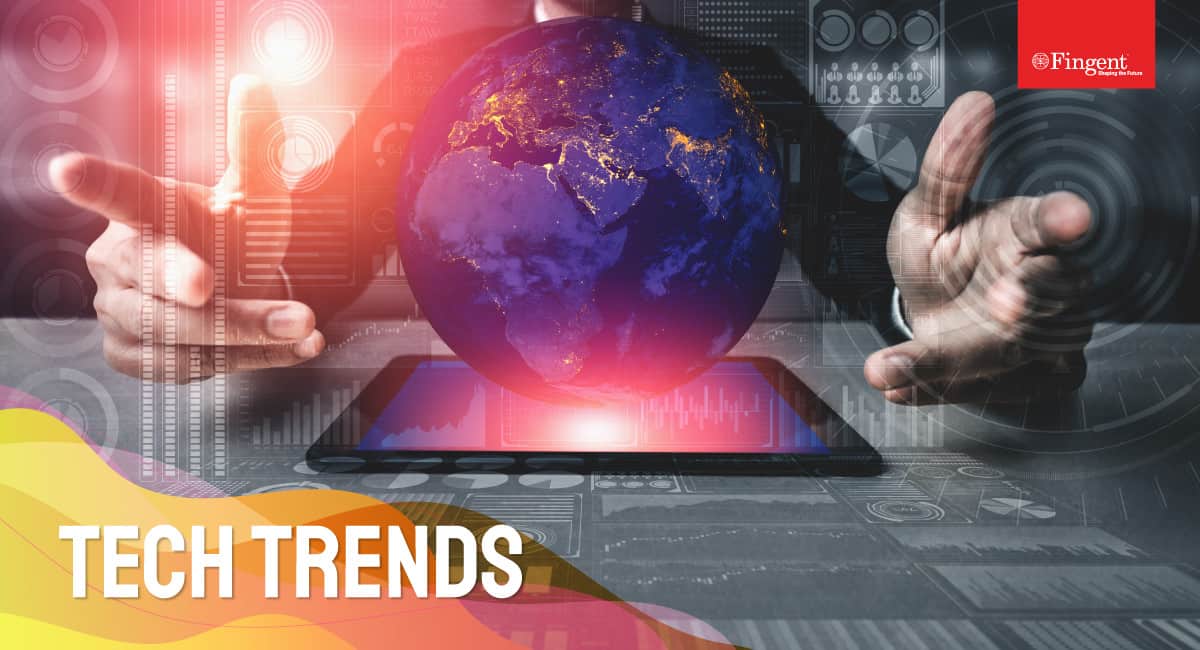
28 Oct 2020
11 Tech Trends That Will Disrupt Businesses in The Next 2 Years
Supercharge Your Business with These 11 Hot Tech Trends Technology is having an ever-greater impact on our personal lives and most importantly on the way we do business. The business……
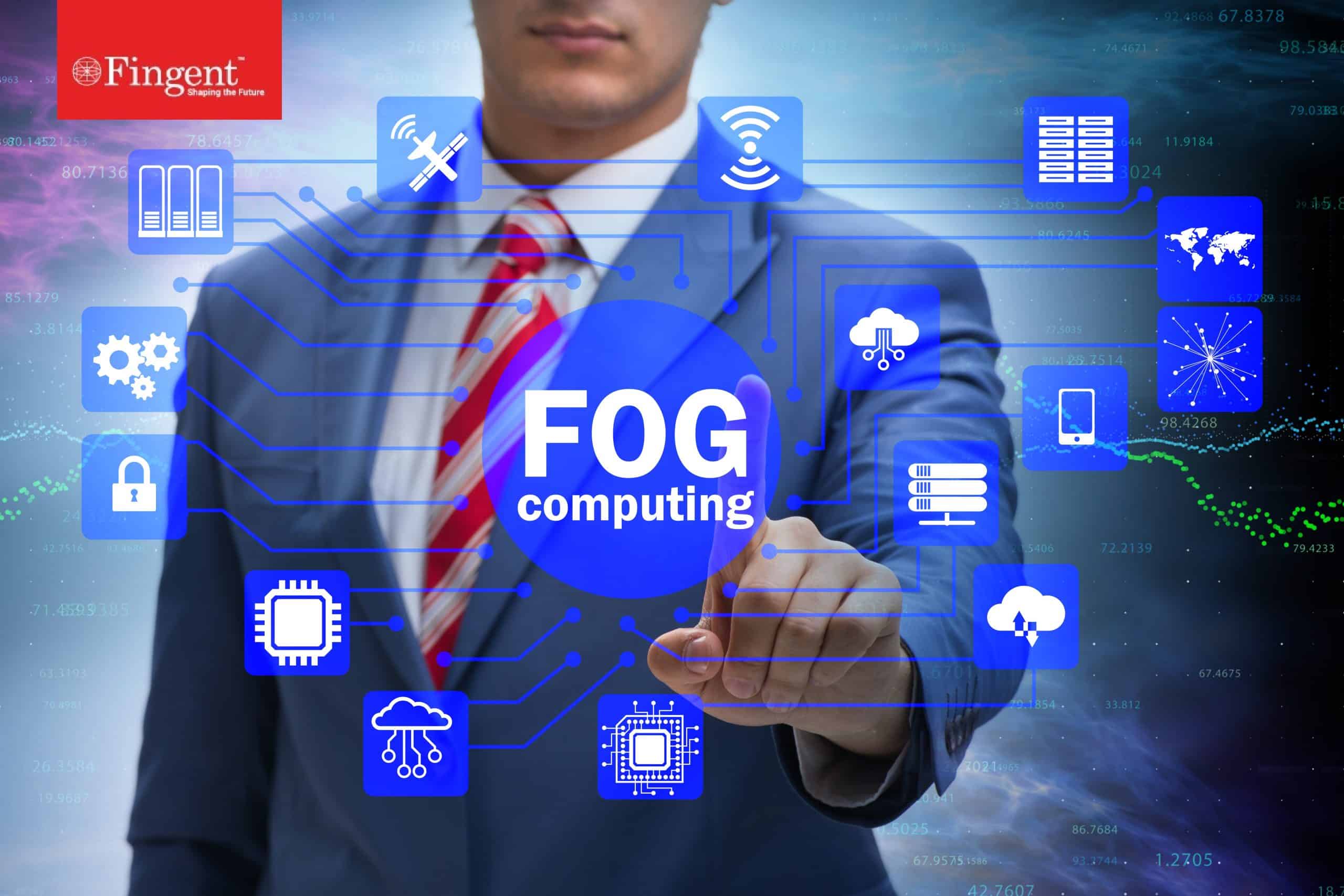
25 Jun 2020
What Is Fog Computing and How Does It Work?
How Can Your Business Benefit from Fog Computing? How much data do we create every day? The World Economic Forum reports that the entire digital world is expected to reach……
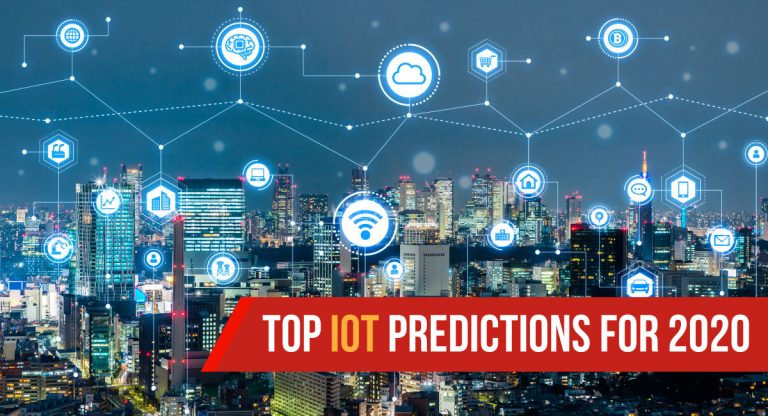
02 Mar 2020
Gearing up for IoT in 2025
How to prepare for IoT in 2025? It’s 2020 already and the Internet of Things (IoT) is here to stay. We’re at the cusp of a new era wherein intelligent……
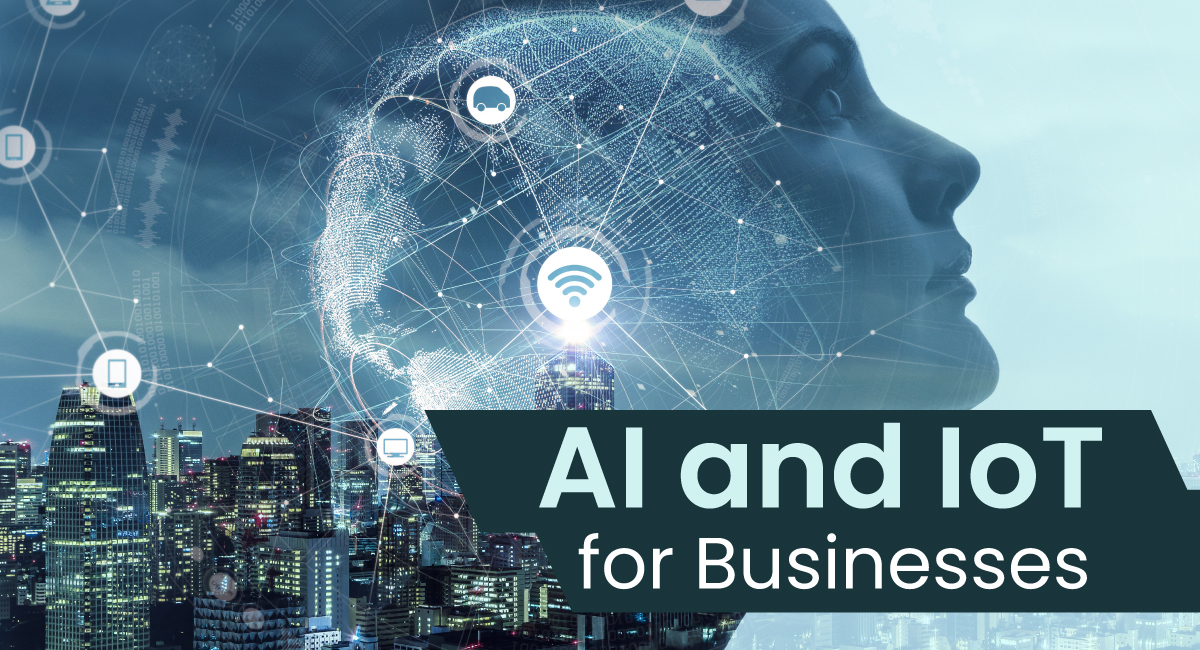
03 Oct 2019
How AI and IoT are Creating an Impact on Industries Today
Can Empowering AI and IoT Bring In Competitive Advantage To Industries? It takes more than forward-thinking employees to gather customer purchasing trends and improve the customer experience. International companies depend……
Featured Blogs
Stay up to date on
what's new



